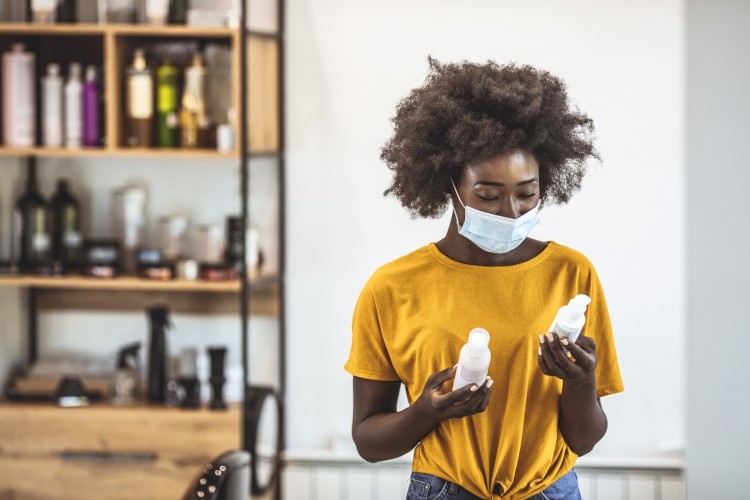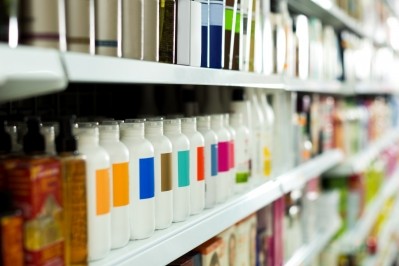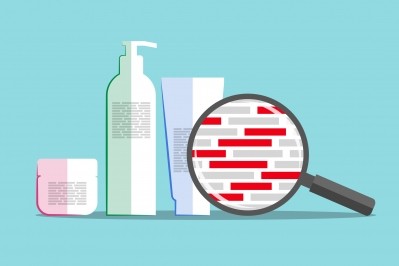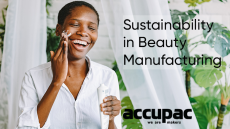EDF calls for action on ‘toxic equity problem’ in personal care products

Research shows that beauty and personal care products are one of the sources contributing to women of color being disproportionately exposed to toxic chemicals. For example, a 2021 paper from scientists at the Harvard T.H. Chan School of Public Health found that hair products commonly used by women or color showed hormonal activity.
Another study, published in 2018 by scientists from the Silent Spring Institute, found that 72% of the hair products for women of color contained parabens and diethyl phthalate, and 84% of detected chemicals were not listed on the product label.
“Beauty and personal care products marketed to women of color often contain more toxic ingredients than products marketed to white women,” Boma Brown-West, Director at Consumer Health at Environmental Defense Fund (EDF), a non-profit environmental advocacy group, told CosmeticsDesign-USA.
Clean beauty justice
In response to consumer concerns around over potentially toxic ingredients and their impact on health and the environment, the clean beauty industry has experienced impressive growth in recent years. Many retailers in the US, notably Target, CVS, Sephora and Amazon, have introduced policies to eliminate toxic chemicals like parabens and phthalates from beauty and personal care products in their stores.
“The clean beauty market, which is seeing enormous growth, is being promoted as the way for consumers to find products free of toxic chemicals,” said Brown-West. “Yet even though women of color are disproportionately bearing the brunt of toxic exposure in beauty products, clean beauty products are currently geared towards affluent white women.”
In response, movements like Clean Beauty Justice are advocating for equity in beauty and personal care.
“The beauty industry has an opportunity to fill the current leadership void on safe, clean products,” said Brown-West. “Companies have both an opportunity and a responsibility to ensure that clean products are available, accessible and affordable for every single customer, regardless of race.”
“Companies are also under the microscope to step up on issues, from climate change to racial equality, like never before,” she added. “And, stakeholders, including investors, employees and consumers—particularly Generation Z—are concerned about the ingredients in their beauty and personal care products and the impact they are having on their health.”
What can companies do?
EDF is now starting to see momentum in research and development as well as innovative technologies and services that expand companies’ access to safer ingredients, but the group also highlights three critical steps that companies can take to advance Clean Beauty Justice:
- Remove toxic ingredients in products marketed to women of color, such as hair moisturizers for curly or coily hair and certain foundations for darker skin tones.
- Replace toxic chemicals with only verified safer alternatives. In other words, exchange the “known-bads” with the “known-goods”.
- Prominently display clean beauty products for women of color and explain why they are considered clean. And steer clear of greenwashing by including full ingredient lists and avoiding the use of vague claims like “chemical-free”, “toxin-free”, and “preservative-free”.
PCPC: “Ingredient safety assessments take into account exposure from the use of multiple products”
When asked to comment on the issues raised in this article, the Personal Care Products Council (PCPC)provided the following statement: “PCPC and its member companies believe there is nothing more important than the safety of our products and the trust that consumers place in them. If our consumers can’t believe in a product and rely on it to do what it says, then nothing else matters.
“Our 600 members represent approximately 90% of the U.S. beauty industry and are some of the most recognized and trusted brands in beauty and personal care today. These companies are committed to ensuring consumer choice and access to safe and effective products that meet the differing needs of individuals and their families.
“In the U.S., cosmetics and personal care products are regulated by the U.S. Food and Drug Administration (FDA) under the Federal Food, Drug, and Cosmetic Act (FD&C Act) and the Fair Packaging and Labeling Act (FPLA). All cosmetic products and their ingredients are subject to the same safety requirement under the FD&C Act – companies have a legal responsibility to ensure that their products and the ingredients used in them are safe for consumers before they are marketed to the public. Manufacturers establish product safety through strict adherence to Quality Assurance and Good Manufacturing Practices.
“Ingredient safety assessments take into account exposure from the use of multiple products and are not specific to cosmetics and personal care products marketed towards women of color.
“FDA notes that it is important to follow the directions on the label and inside the package for cosmetics products to ensure that the product performs as intended. By providing access to accurate information, consumers can make informed choices about the best products available.”
Sources:
Journal of Exposure Science & Environmental Epidemiology
2021, Volume 31, pages 476-486, doi: 10.1038/s41370-021-00335-3
“Hormonal activity in commonly used Black hair care products: evaluating hormone disruption as a plausible contribution to health disparities”
Authors: T. James-Todd et al.
Environmental Research
2018, Volume 165, Pages 448-458, doi: 10.1016/j.envres.2018.03.030
“Measurement of endocrine disrupting and asthma-associated chemicals in hair products used by Black women”
Authors: J.S. Helm et al.














